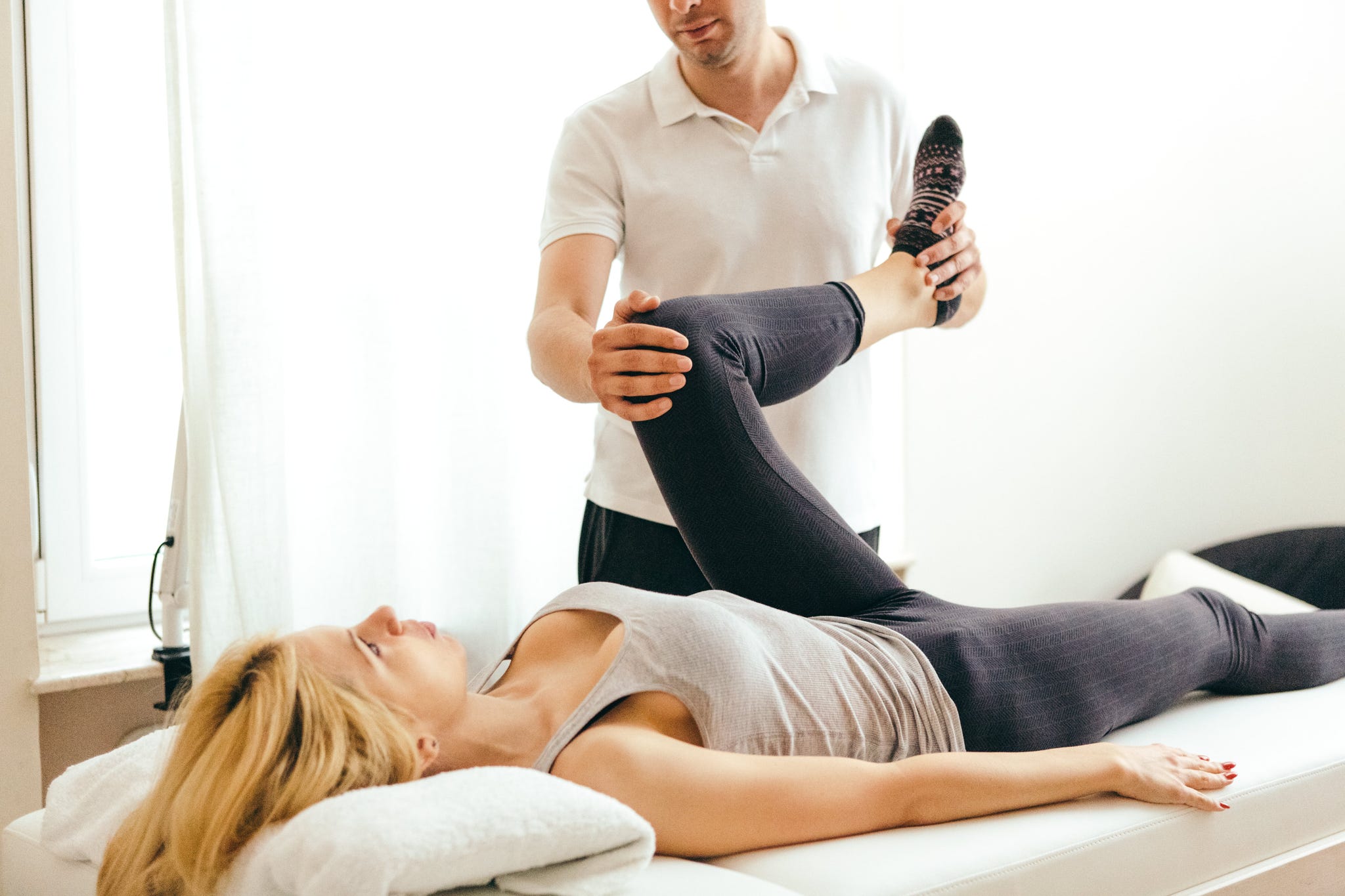
Reflexology is an ancient healing practice that has been used for hundreds of years to promote leisure, boost flow, and support the body’s natural healing processes. This alternative treatment is based upon the principle that specific points on the ears, feet, and hands correspond to different organs and systems within the body. By applying stress to these points, reflexologists intend to promote the body’s very own recovery systems and recover equilibrium.
The History and Origins While the exact origins of reflexology are uncertain, proof suggests that similar methods were made use of in ancient Egypt, China, and Native American societies. Modern reflexology was created in the very early 20th century by Dr. William Fitzgerald, that introduced the idea of “area therapy.” This was later on fine-tuned by Eunice Ingham, that drew up the reflexology points on the feet that are still made use of today.
Just How Does Reflexology Work? Reflexology is based on the idea that the body is divided into ten vertical zones, each representing different parts of the body. Experts think that by using stress to particular factors within these areas, they can affect the corresponding organs or systems. While scientific proof for its effectiveness is mixed, several people report advantages such as decreased stress, enhanced sleep, and alleviation from different wellness problems.
The Benefits of Reflexology Proponents of reflexology claim a vast array of benefits, consisting of:
Stress and anxiety decrease and leisure Improved flow Pain relief Enhanced immune function Better sleep top quality Increased power degrees Support for digestive system concerns What to Expect During a Reflexology Session A typical reflexology session lasts in between 30 to 60 mins. The practitioner will begin by discussing your health and wellness history and any current problems. You’ll after that rest or being in a comfortable placement, normally with your socks and footwear gotten rid of. The reflexologist will use their hands to use stress to specific points on your feet, hands, or ears. The stress should be firm but not excruciating. Many individuals locate the experience deeply enjoyable and might even go to sleep during the session.
Is Reflexology Right for You? Reflexology is normally considered safe for many people and can be a complementary therapy along with standard clinical therapies. It’s crucial to seek advice from with your healthcare provider prior to trying reflexology, particularly if you have particular health and wellness conditions or are expectant. While reflexology must not be made use of as a replacement for essential clinical treatment, it can be a valuable tool for promoting total wellness and managing stress and anxiety.
Final thought Reflexology offers an unique strategy to wellness and health, concentrating on the interconnectedness of the body’s systems. Whether 東京 seeking relief from specific signs or merely looking for a means to unwind and de-stress, reflexology may be worth exploring.
The History and Origins While the precise beginnings of reflexology are unclear, proof recommends that similar methods were utilized in ancient Egypt, China, and Native American cultures. Reflexology is based on the idea that the body is split right into 10 upright zones, each matching to various parts of the body. Tension reduction and leisure Improved circulation Pain relief Enhanced immune function Better sleep high quality Increased energy degrees Support for digestion issues What to Expect During a Reflexology Session A common reflexology session lasts in between 30 to 60 minutes. Final thought Reflexology provides a distinct approach to health and wellness and health, focusing on the interconnectedness of the body’s systems.
19 October, 2024
0 Comments
1 category
Category: Blog
